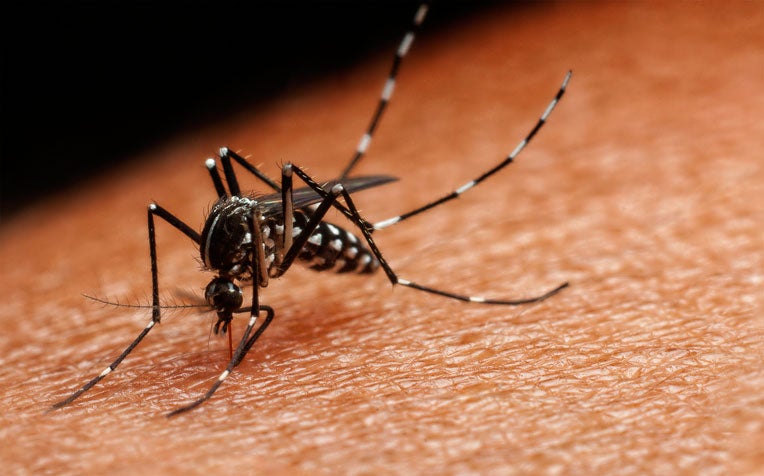HealthXchange will NEVER ask you to transfer money over a call. If in doubt, call the 24/7 ScamShield helpline at 1799, or visit the ScamShield website at www.scamshield.gov.sg.

Zika virus has been reported in Singapore in May 2016.
The Zika virus has been declared an international public health emergency by the World Health Organization (WHO). Within South East Asia, cases of Zika viral infection have been reported in Cambodia, East Malaysia, Indonesia, the Philippines, Thailand, and now Singapore.
Get the facts about the Zika virus, including its symptoms as well as how you can help prevent it, as shared by Associate Professor Jenny Low Guek Hong, Senior Consultant at the Department of Infectious Diseases, Singapore General Hospital (SGH), a member of the SingHealth group.
1. How is the Zika virus transmitted?
Currently, the only known carrier of the Zika virus is the Aedes mosquito – which also spreads dengue and chikungunya fever.
It has also been reported in the US that the Zika virus has been transmitted through sex – albeit only one such case (at time of publishing).
The Zika virus was first isolated from the rhesus monkey in the Zika Forest of Uganda, in 1947. It has remained in Africa until outbreaks of the virus were recorded in Micronesia (2007), Polynesia (2013), the Caribbean (2014) and more recently, Latin America (since early 2015).
2. Who is at higher risk of contracting the Zika virus?
People who have travelled to areas with reported Zika cases, are at higher risk of contracting the Zika virus. For an updated list of Zika outbreak areas, please refer to MOH.
3. Is the Zika virus dangerous?
Generally, the Zika virus causes ‘mild’ infections, with only one in five infected persons actually falling ill. Deaths arising from the Zika viral infection are also rare.
Continue reading to learn more about Zika symptoms, treatment and prevention tips.
Ref: P16
Related Articles
Conditions & Treatments
Public Events
Get the Health Buddy App
© 2025 SingHealth Group. All Rights Reserved.


















 Get it on Google Play
Get it on Google Play